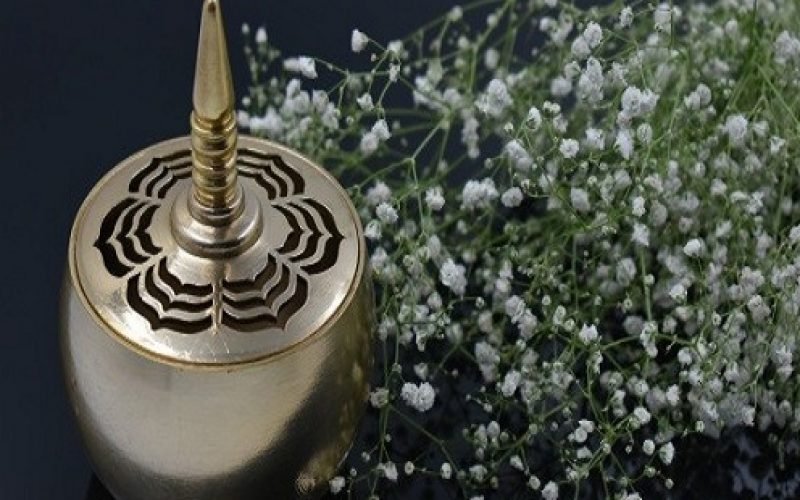
STORY OF CASTING
Casting, one of the least expensive methods of forming metals, is an ancient process and among the first to have been developed by many cultures. Casting seems to have started shortly after man realized that metal had the property of being able to be melted into a mass. The next step was to control the shape of the mass as it solidified, and from this interest the making of molds developed.
None of the complex casting methods practiced today would be possible if the material -metal-did not have the character of fluidity. Metal can be heated till it becomes liquid, after which it can be made to flow freely and evenly into a mold and, before freezing, completely fill a cavity
Metals do not adhere to mold surfaces, because they do not “wet” them. The surface tension of the metal and the formation of gases between metal and mold wall prevent adhesion. Molten metal often is prevented from making any contact at all with a mold surface by the thin cushion of gas that forms. The surface tension of metals increases as their melting point and their temperature increases. It is surface tension that prevents metal from flowing along narrow channels.
Many materials have been used for molds. The main requirement if a reasonably accurate casting is to be made is that the mold be able to withstand the thermal shock of the molten metal without damage. Clay and soft stone molds have been excavated at the sites of ancient cultures. Today a variety of materials are used for molds: paper (in the printing industry), wood, sand, plaster, bronze, steel, and other metals. The material chosen depends on the method of using the mold, the temperature of the molten metal, the kind of metal used, the complexity of the pattern, the number of castings to be made from the same mold, and the degree of accuracy desired.
The first step in the manufacture of any metal object, even before the craftsman can obtain his sheet metal or wire, is to form the metal into an ingot.
